Home>Gardening & Outdoor>Landscaping Ideas>When To Plant Bahia Grass
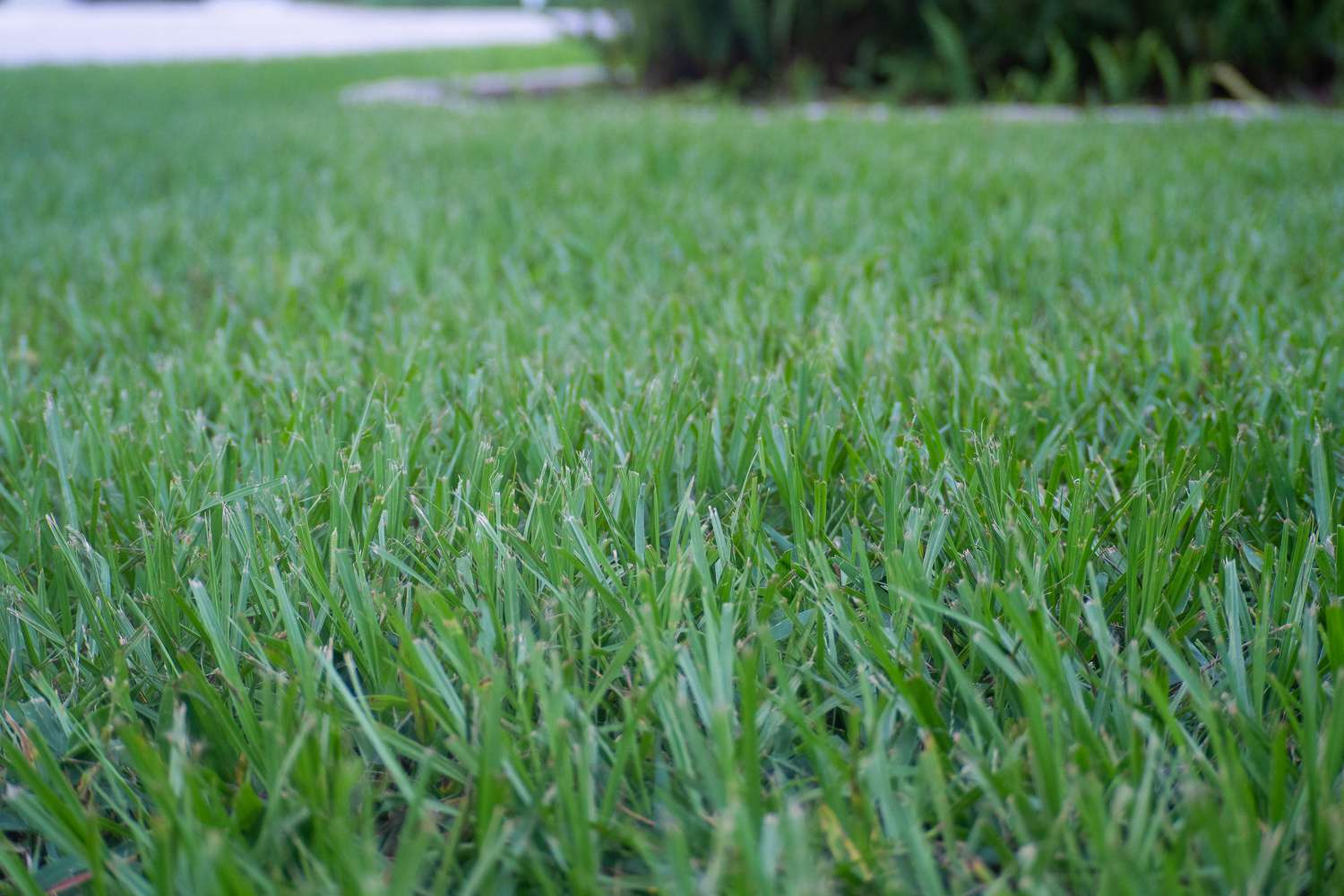

Landscaping Ideas
When To Plant Bahia Grass
Modified: February 18, 2024
Learn when to plant Bahia grass for your landscaping needs and create a lush, vibrant lawn. Discover expert tips and ideas for successful lawn establishment.
(Many of the links in this article redirect to a specific reviewed product. Your purchase of these products through affiliate links helps to generate commission for Storables.com, at no extra cost. Learn more)
Introduction
Welcome to the world of Bahia grass, a resilient and versatile grass variety that’s well-suited for various landscaping needs. Whether you’re aiming to establish a lush lawn, stabilize soil, or create a visually appealing pasture, Bahia grass could be the answer. In this comprehensive guide, we’ll explore the optimal timing for planting Bahia grass and delve into the essential steps for successful establishment. By understanding the unique characteristics of Bahia grass and its specific requirements, you’ll be well-equipped to cultivate a thriving and vibrant landscape.
So, let’s embark on this green journey and uncover the secrets of Bahia grass. Whether you’re a seasoned landscaper or a novice enthusiast, there’s something valuable to glean from the following insights. Let’s dive in and discover the beauty and resilience of Bahia grass!
Key Takeaways:
- Bahia grass thrives in warm climates, making late spring or early summer the best time to plant. Proper soil preparation and maintenance are crucial for its resilience and vibrancy.
- Understanding Bahia grass’s unique characteristics and climate preferences is key to creating a thriving and resilient landscape. Diligent care and attention to detail are essential for long-term success.
Read more: How To Plant Bahia Grass
Understanding Bahia Grass
Bahia grass, scientifically known as Paspalum notatum, is a warm-season perennial grass that’s native to South America. It’s renowned for its exceptional adaptability to a wide range of soil types and its ability to thrive in warm, humid climates. This grass variety boasts a coarse texture and exhibits impressive drought tolerance, making it a popular choice for areas with limited water availability.
One of the defining features of Bahia grass is its deep root system, which enables it to withstand periods of drought and recover quickly after dry spells. This resilience makes Bahia grass an excellent option for regions with sandy or infertile soils, where other grass species may struggle to flourish. Additionally, Bahia grass is known for its rapid growth rate, which aids in the prevention of soil erosion and contributes to its effectiveness in erosion control applications.
When it comes to aesthetics, Bahia grass may not possess the fine texture associated with some other grass varieties, but its durability and low maintenance requirements make it an attractive choice for many landscaping projects. Whether used for pasture, roadside stabilization, or as a cost-effective lawn option, Bahia grass offers a practical and sustainable solution for various landscaping needs.
Understanding the unique characteristics and growth habits of Bahia grass is crucial for successful cultivation. By harnessing the innate strengths of this resilient grass variety, you can create a thriving landscape that withstands the challenges of diverse climates and soil conditions.
Climate and Soil Requirements
Bahia grass is well-suited for warm, tropical, and subtropical climates, thriving in regions with hot summers and mild winters. It’s particularly well-adapted to the southeastern United States, where it’s commonly utilized for pastures, lawns, and erosion control. This grass variety exhibits remarkable heat tolerance, making it an ideal choice for areas with scorching summer temperatures.
When it comes to soil preferences, Bahia grass is remarkably versatile, displaying a high degree of adaptability to different soil types. It can thrive in both sandy and clay soils, making it an excellent option for areas with poor soil quality. However, Bahia grass truly excels in well-drained, moderately fertile soils with a slightly acidic to neutral pH. While it can tolerate acidic conditions, Bahia grass may exhibit decreased vigor in highly alkaline soils.
It’s important to note that Bahia grass is not well-suited for regions with cold winters, as it can be susceptible to frost damage. Therefore, when considering the ideal climate for planting Bahia grass, it’s essential to prioritize warmth and ample sunlight. By selecting appropriate planting locations that align with these climate and soil requirements, you can maximize the potential for successful establishment and long-term growth of Bahia grass in your landscape.
Best Time to Plant Bahia Grass
Timing is crucial when it comes to planting Bahia grass, as selecting the right season can significantly impact the success of establishment. The optimal time for planting Bahia grass largely depends on the climate and weather patterns in your region. In general, the best time to plant Bahia grass is during the late spring or early summer, when soil temperatures have warmed up and the risk of frost has passed.
For warm-season grasses like Bahia grass, the key to successful establishment lies in harnessing the warmth and ample sunlight of the growing season. By planting Bahia grass in late spring or early summer, you can take advantage of the favorable conditions that promote rapid germination and robust root development. This timing allows the grass to establish a strong foothold before the onset of harsh weather conditions, setting the stage for healthy growth and resilience.
It’s important to avoid planting Bahia grass too early in the spring, as cool soil temperatures can hinder germination and slow the initial growth of the grass. Conversely, delaying planting until the late summer or early fall may not provide sufficient time for the grass to establish itself before the arrival of cold weather, increasing the risk of winter damage and reduced vigor.
By aligning the planting schedule with the optimal timing for Bahia grass, you can set the stage for a thriving and resilient lawn or pasture. Keep in mind that local climate patterns and weather variations should always be taken into account when determining the best time to plant Bahia grass, as these factors can influence the success of establishment and long-term growth.
Plant Bahia grass in the spring or early summer when soil temperatures reach 65-70°F. This will give the grass time to establish before the heat of summer.
Steps for Planting Bahia Grass
Planting Bahia grass involves several essential steps to ensure successful establishment and long-term growth. By following these guidelines, you can create an optimal environment for Bahia grass to thrive, whether you’re establishing a new lawn or rejuvenating existing turf.
- Soil Preparation: Begin by preparing the soil to create an ideal seedbed for Bahia grass. Remove any debris, such as rocks and roots, and ensure the soil is well-drained. Conduct a soil test to assess nutrient levels and pH, amending the soil as needed to create a balanced and fertile growing environment.
- Seed Selection: Choose high-quality Bahia grass seed that’s well-suited for your specific climate and soil conditions. Selecting certified seed with good germination rates and minimal weed content is essential for achieving optimal results.
- Seeding Method: Depending on the size of the planting area, determine whether broadcasting or drilling is the most suitable seeding method. Broadcasting is ideal for larger areas, while drilling allows for more precise seed placement in smaller, targeted areas.
- Seed Application: Apply the Bahia grass seed evenly across the prepared seedbed, using the recommended seeding rate for your specific variety. Ensure thorough seed-to-soil contact by lightly raking or rolling the seeded area to promote germination.
- Watering and Establishment: Keep the seeded area consistently moist during the germination and establishment phase. Light, frequent watering is essential to support the initial growth of Bahia grass. Monitor the soil moisture levels closely to prevent drying out or waterlogging of the seedbed.
- Maintenance: Once the Bahia grass has established, implement a regular maintenance routine that includes mowing, fertilization, and weed control as needed. Proper care and maintenance are crucial for promoting healthy growth and maintaining the vigor of the grass over time.
By diligently following these steps and paying close attention to the specific requirements of Bahia grass, you can lay the groundwork for a vibrant and resilient landscape. Successful planting and establishment are key to reaping the full benefits of Bahia grass, whether it’s for functional purposes such as erosion control or for creating a visually appealing and sustainable lawn.
Read more: When To Plant Bahia Grass Seed
Maintenance and Care Tips
Once Bahia grass is established, ongoing maintenance is essential to ensure its continued health and vitality. By implementing a proactive care routine, you can promote lush growth, minimize weed encroachment, and enhance the overall resilience of your Bahia grass landscape. Here are key maintenance and care tips to keep your Bahia grass thriving:
- Mowing: Maintain a regular mowing schedule to keep Bahia grass at the recommended height, typically between 2 to 3 inches. Avoid cutting more than one-third of the grass blade length in a single mowing session to prevent stress and promote healthy regrowth.
- Fertilization: Apply fertilizer according to soil test recommendations and local extension guidelines. Timing and proper nutrient balance are crucial for supporting the vigor and color of Bahia grass, especially in areas with nutrient-deficient soils.
- Watering: Bahia grass exhibits good drought tolerance once established, but supplemental watering may be necessary during prolonged dry spells. Deep, infrequent watering encourages deep root growth and enhances the grass’s resilience to dry conditions.
- Weed Control: Monitor the lawn for invasive weeds and implement targeted control measures as needed. Pre-emergent herbicides can help prevent weed seeds from germinating, while selective post-emergent herbicides can address existing weed populations without harming the Bahia grass.
- Pest and Disease Management: Stay vigilant for signs of pest infestations and disease outbreaks, addressing issues promptly to prevent widespread damage. Regular inspection and proper cultural practices, such as adequate airflow and drainage, can help minimize pest and disease pressure.
- Aeration: Periodic core aeration can alleviate soil compaction and improve nutrient uptake, promoting a healthier root system and overall turf vigor.
By incorporating these maintenance and care tips into your Bahia grass management routine, you can foster a robust and visually appealing landscape that enhances the aesthetic and functional aspects of your outdoor space. Consistent attention to the needs of Bahia grass contributes to its long-term sustainability and ensures a resilient and vibrant lawn or pasture for years to come.
Conclusion
As we conclude our exploration of Bahia grass, it’s evident that this resilient and adaptable grass variety holds tremendous potential for a wide range of landscaping applications. From erosion control and pasture establishment to creating vibrant lawns, Bahia grass offers a practical and sustainable solution for diverse outdoor environments. By understanding the unique characteristics, climate preferences, and specific requirements of Bahia grass, you can harness its inherent strengths to create a thriving and resilient landscape.
The optimal timing for planting Bahia grass, coupled with diligent soil preparation and proper maintenance, forms the cornerstone of successful establishment and long-term growth. By adhering to best practices and leveraging the resilience of Bahia grass, you can cultivate a landscape that not only withstands environmental challenges but also flourishes in the face of adversity.
Whether you’re embarking on a new landscaping project or seeking to enhance the sustainability of existing outdoor spaces, Bahia grass stands out as a versatile and dependable choice. Its ability to thrive in warm climates, tolerate a variety of soil types, and exhibit exceptional drought resistance makes it a valuable asset for homeowners, landscapers, and agricultural professionals alike.
As you venture into the world of Bahia grass, remember that successful cultivation is a journey that requires careful attention to detail, a deep understanding of the grass’s needs, and a commitment to ongoing care. By embracing the resilience and adaptability of Bahia grass, you can create landscapes that not only endure but also thrive, adding beauty and functionality to outdoor spaces for years to come.
So, whether you’re sowing the seeds of a new lawn, stabilizing slopes, or enhancing pasture productivity, consider the enduring appeal of Bahia grass as a steadfast and sustainable choice for your landscaping endeavors.
Frequently Asked Questions about When To Plant Bahia Grass
Was this page helpful?
At Storables.com, we guarantee accurate and reliable information. Our content, validated by Expert Board Contributors, is crafted following stringent Editorial Policies. We're committed to providing you with well-researched, expert-backed insights for all your informational needs.
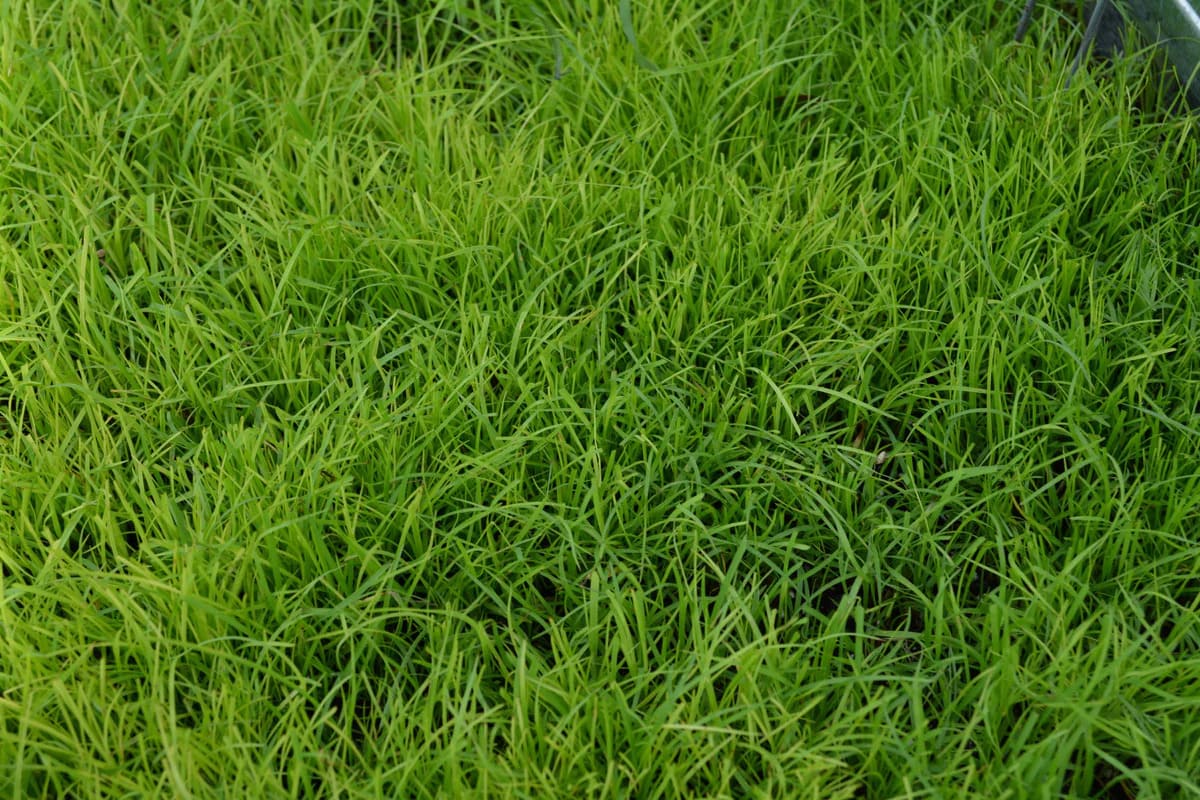
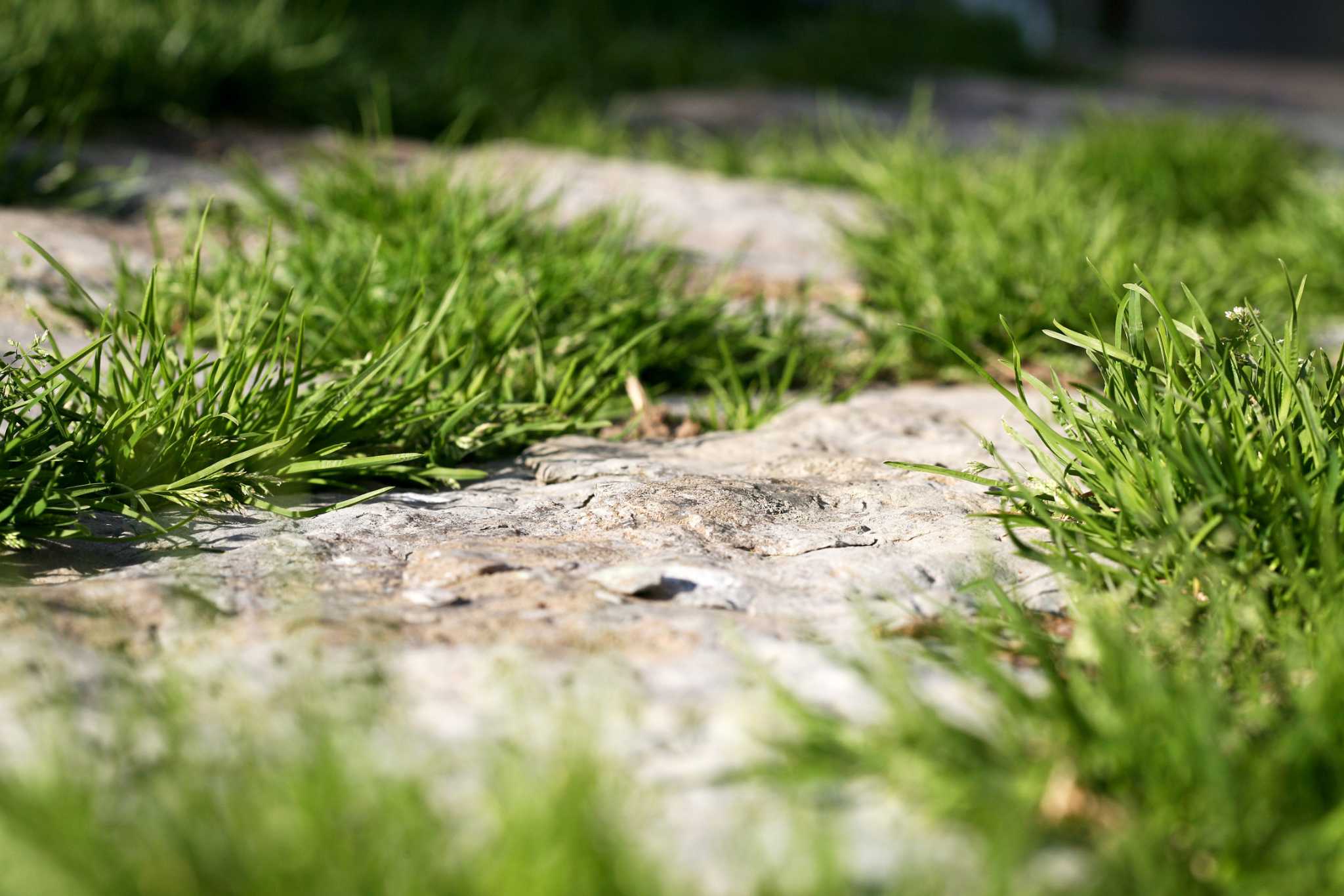
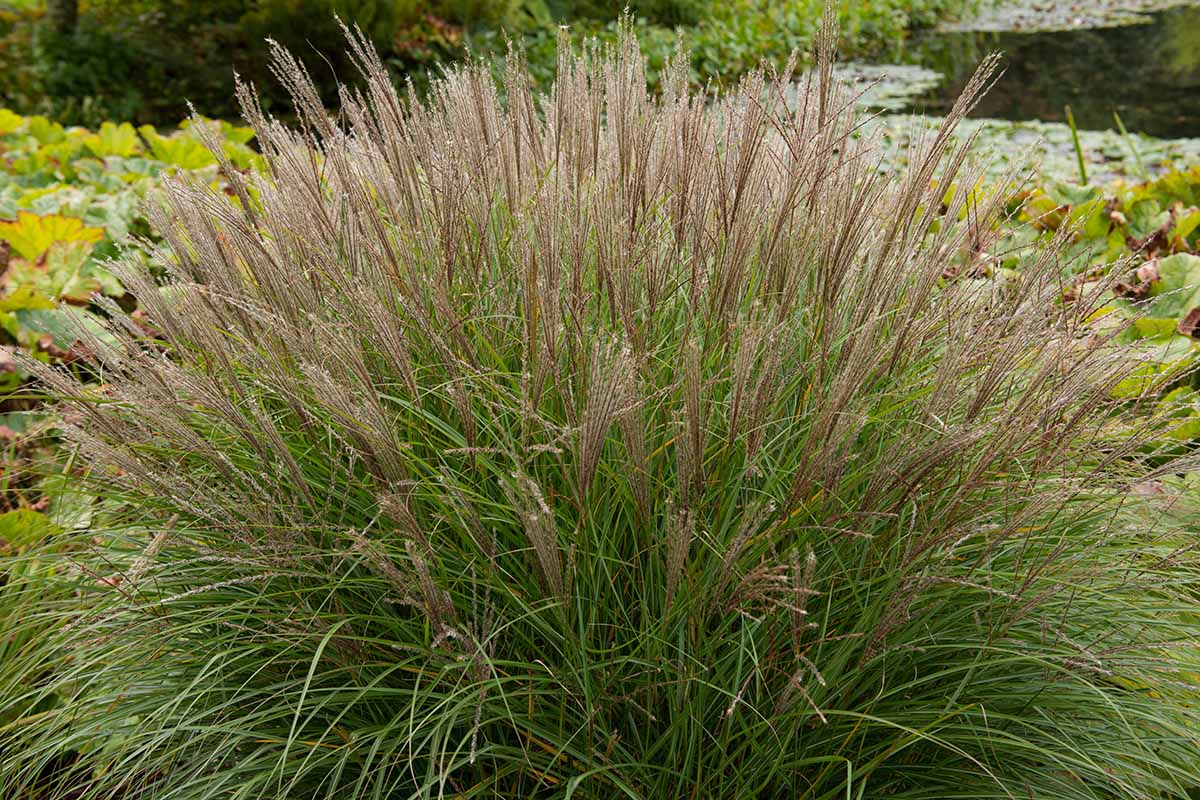
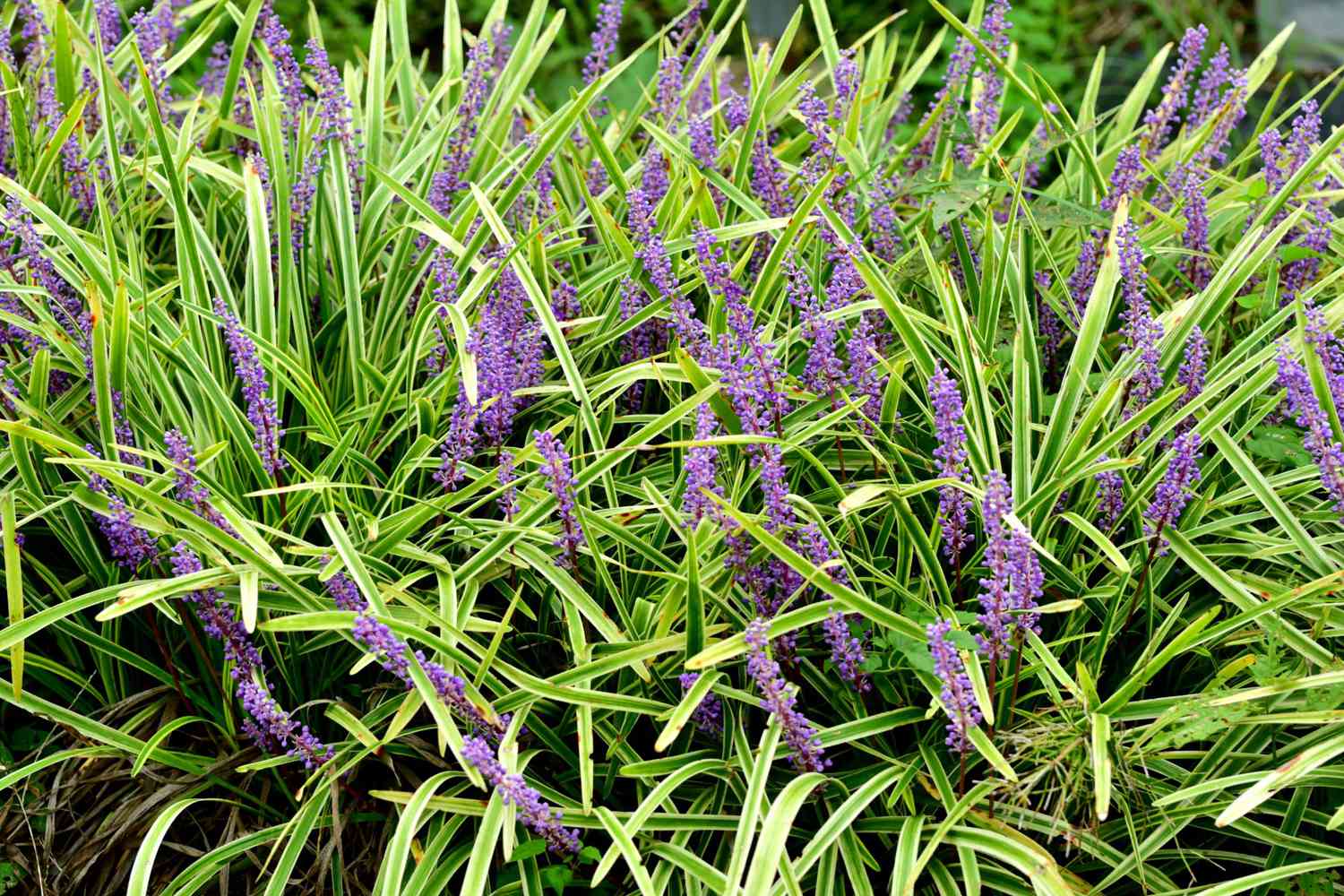
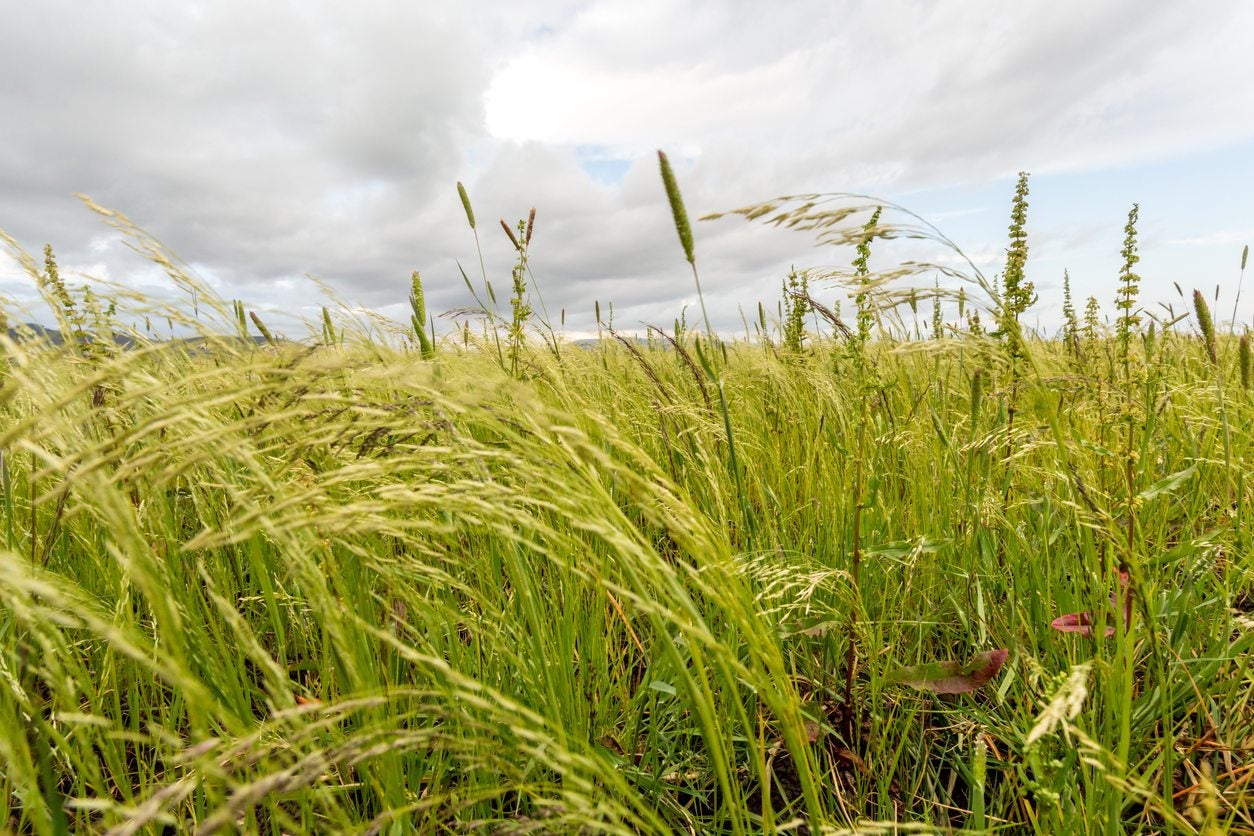
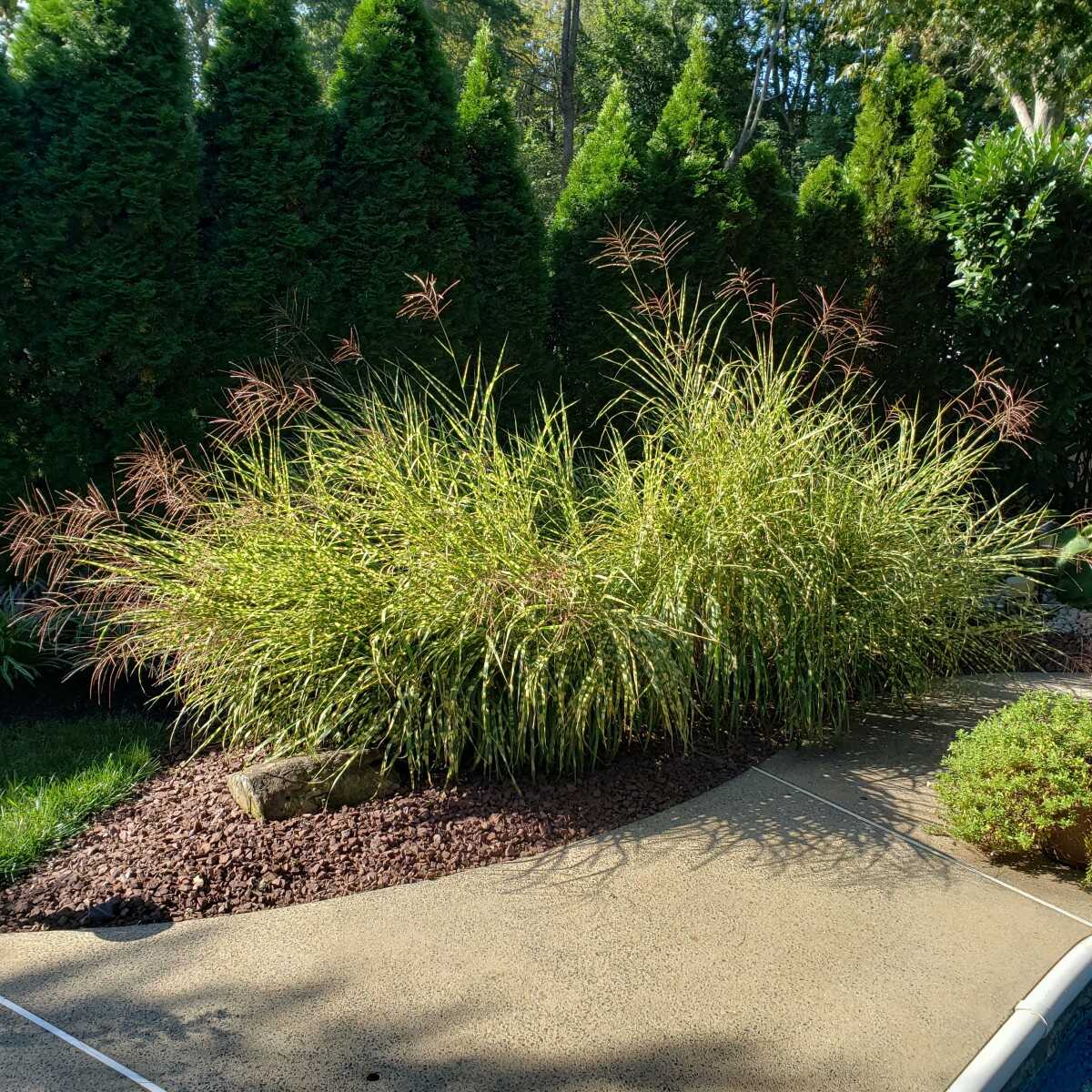
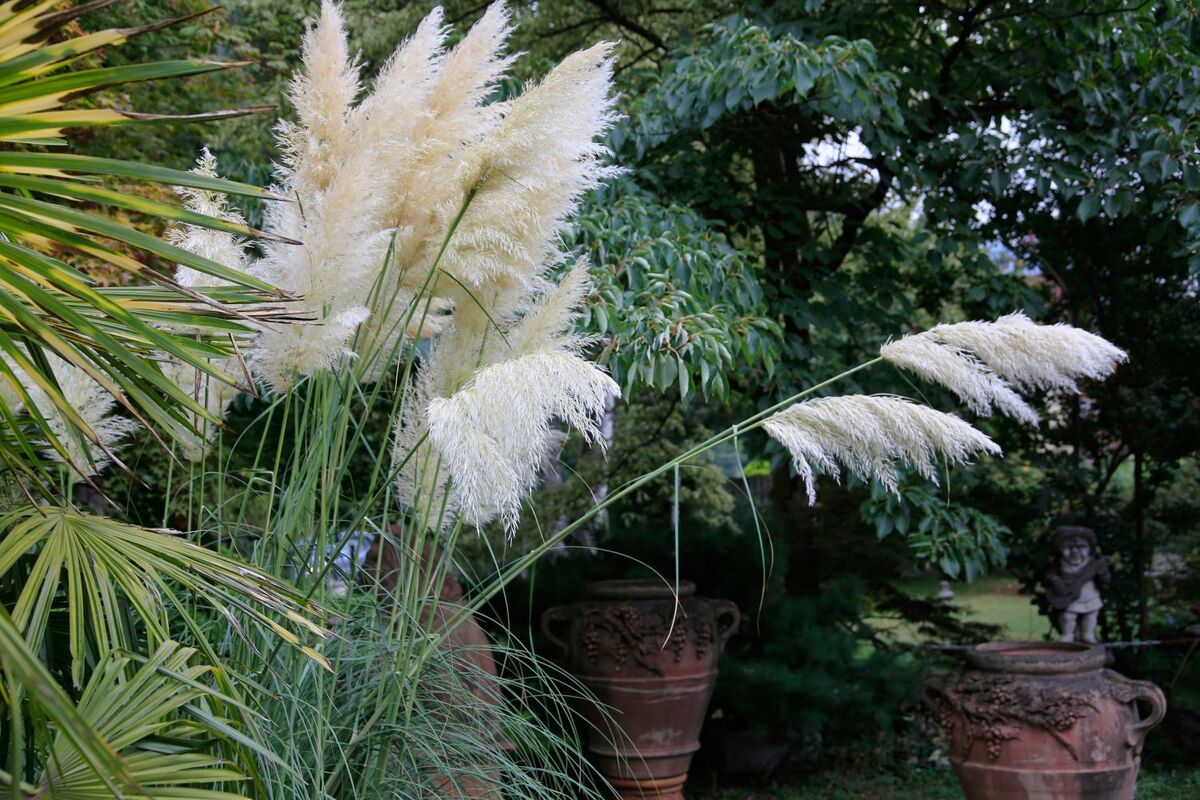
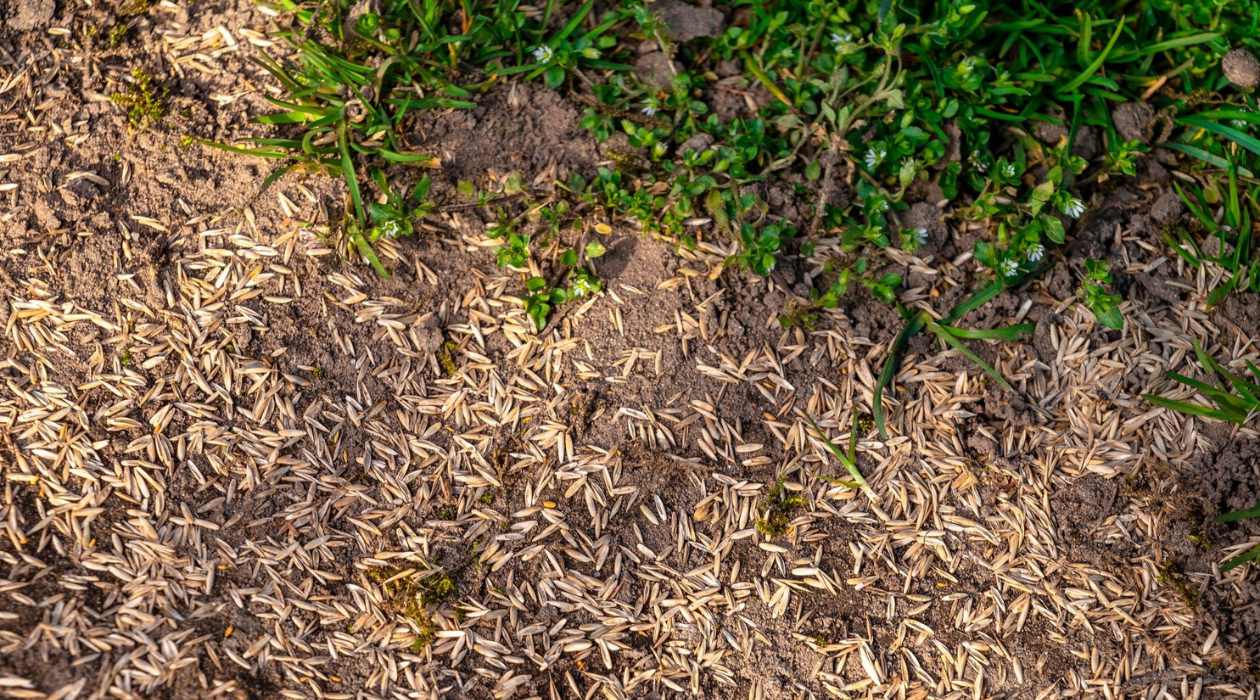
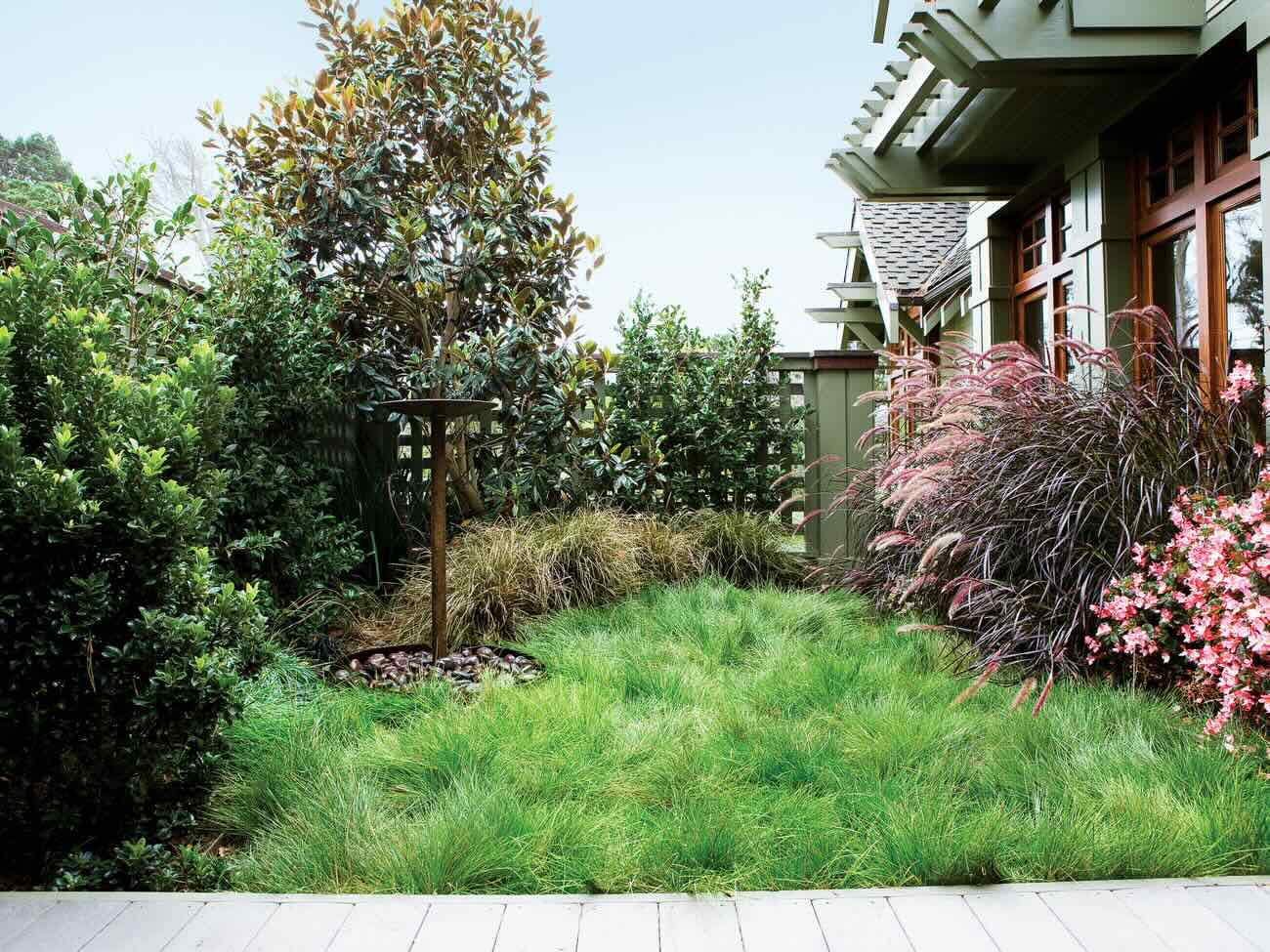
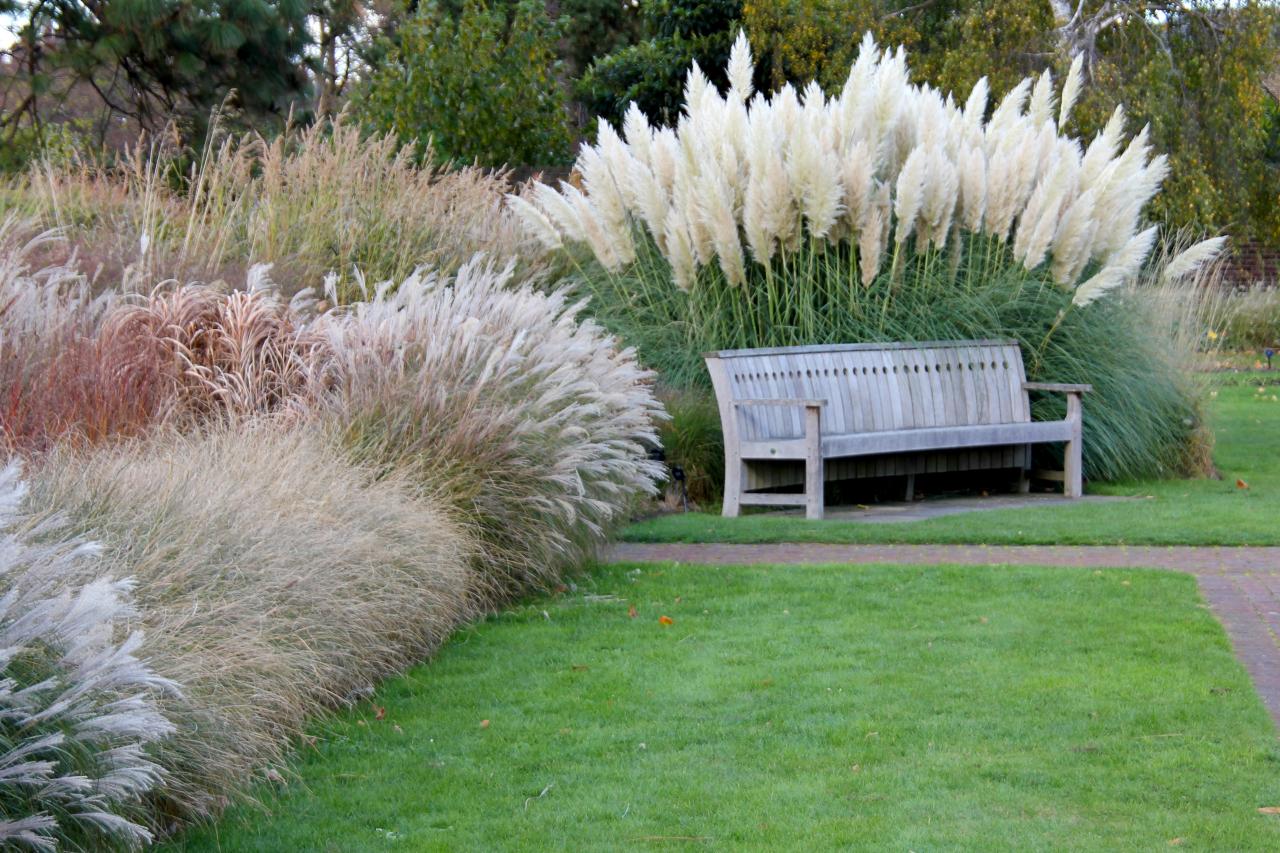
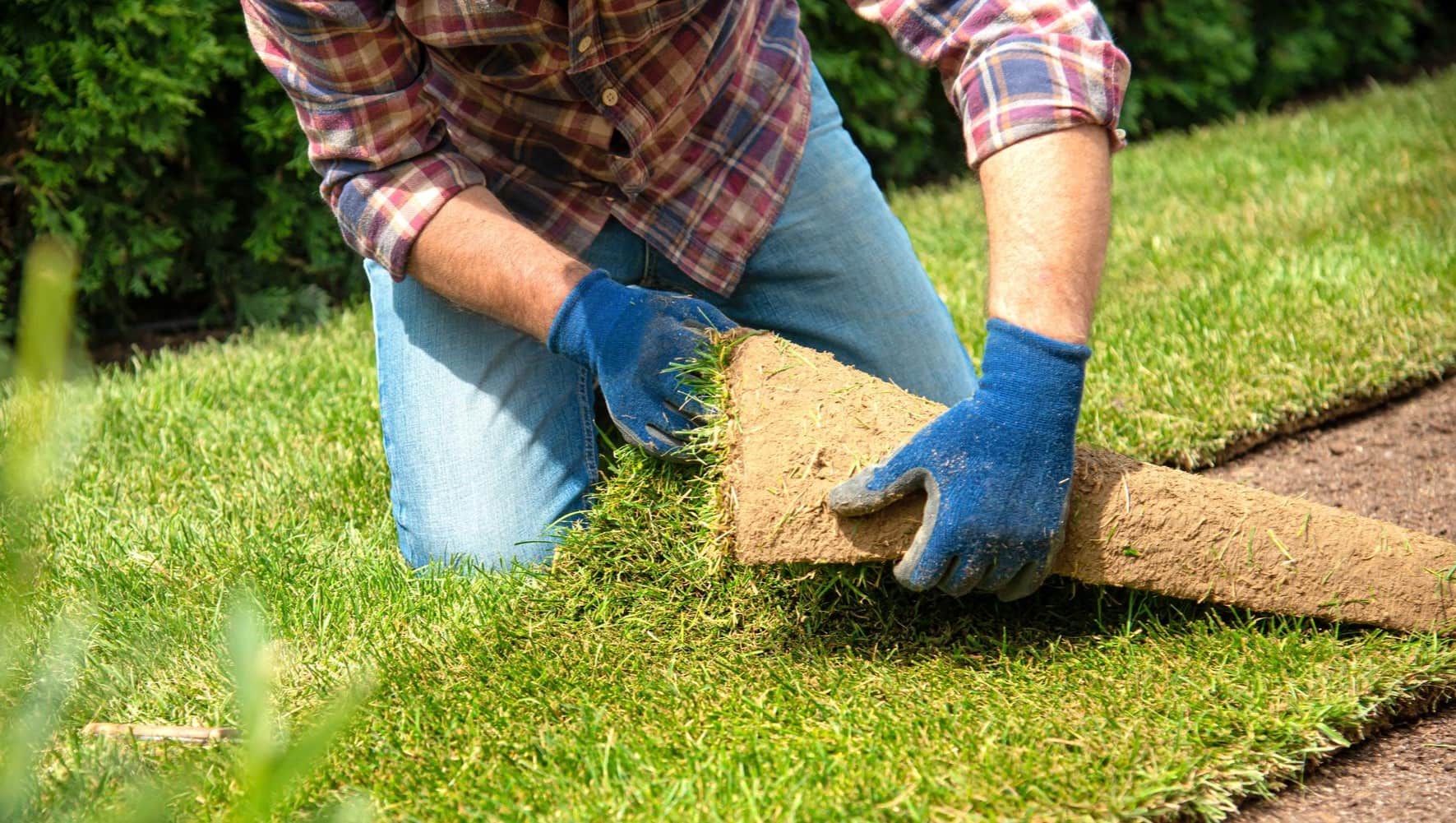
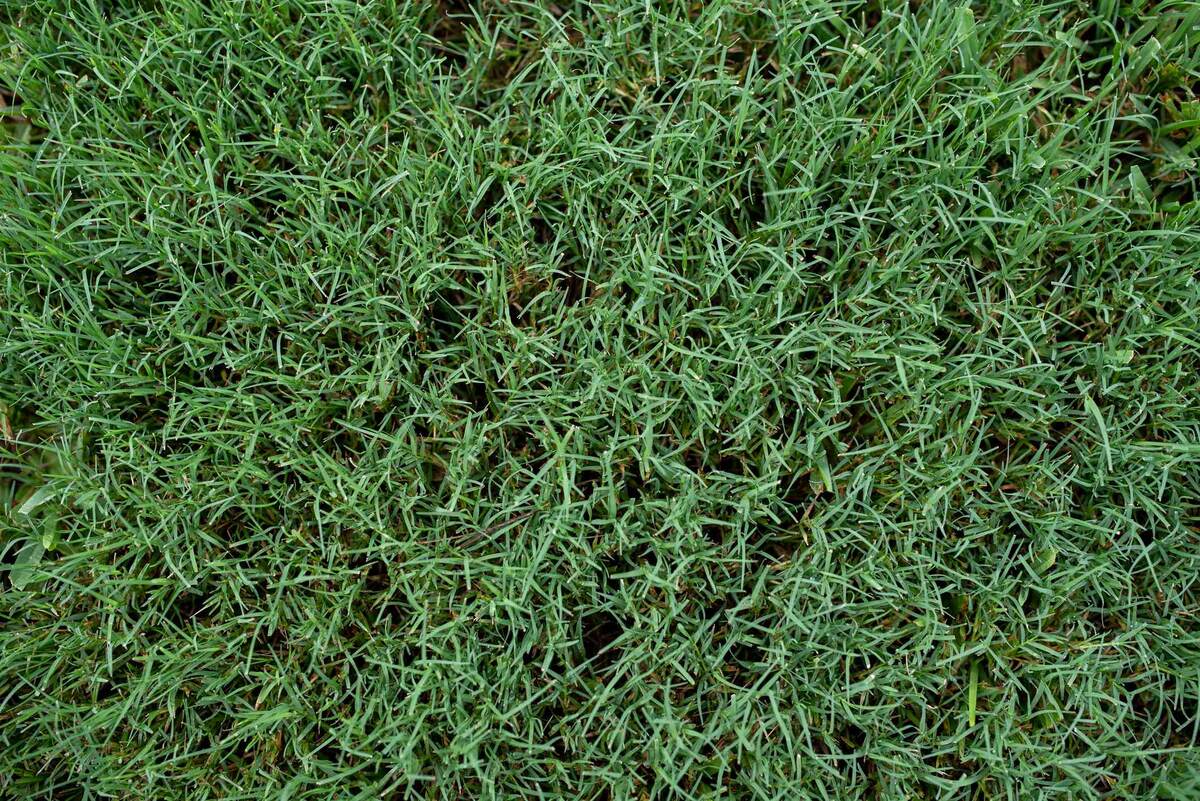
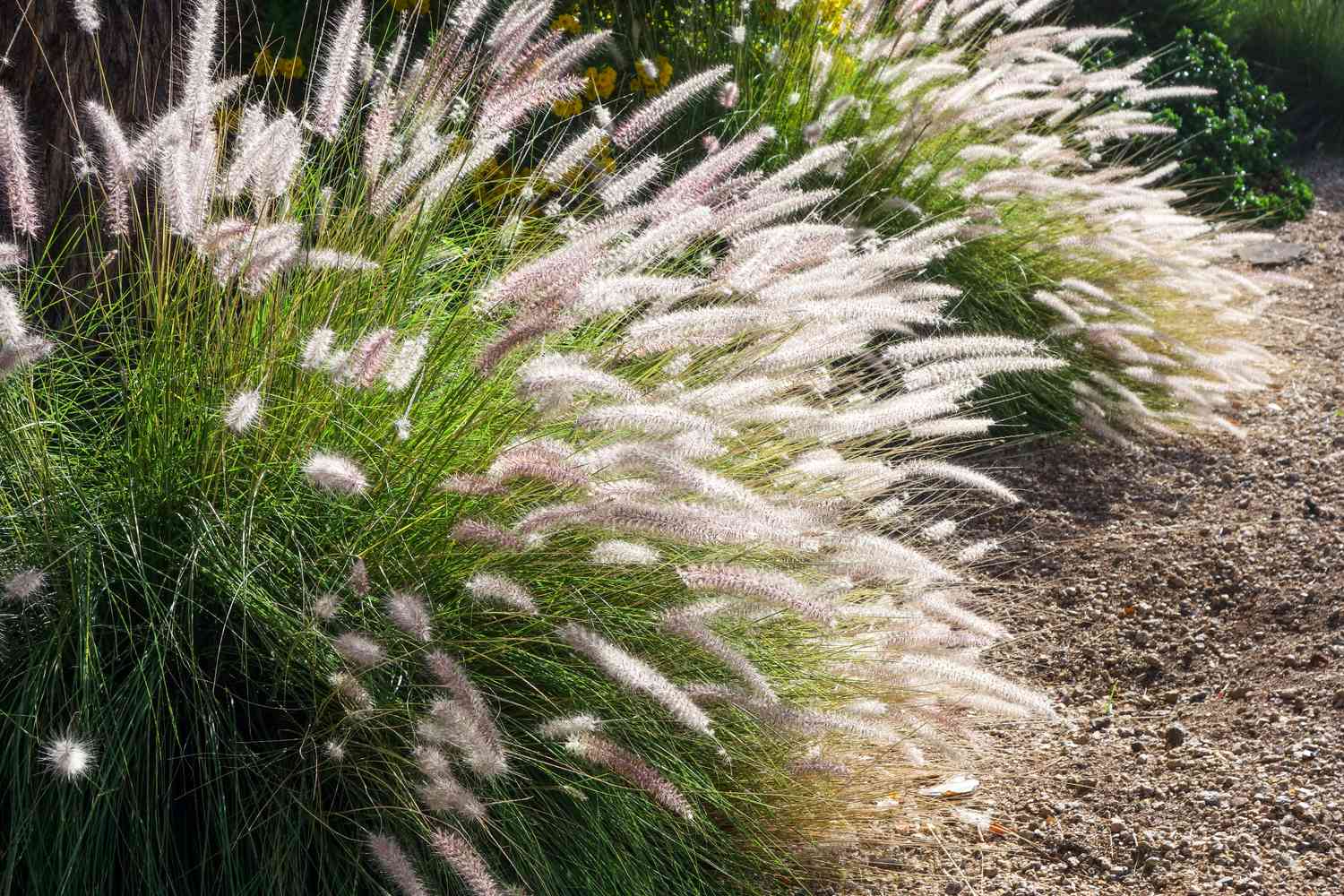
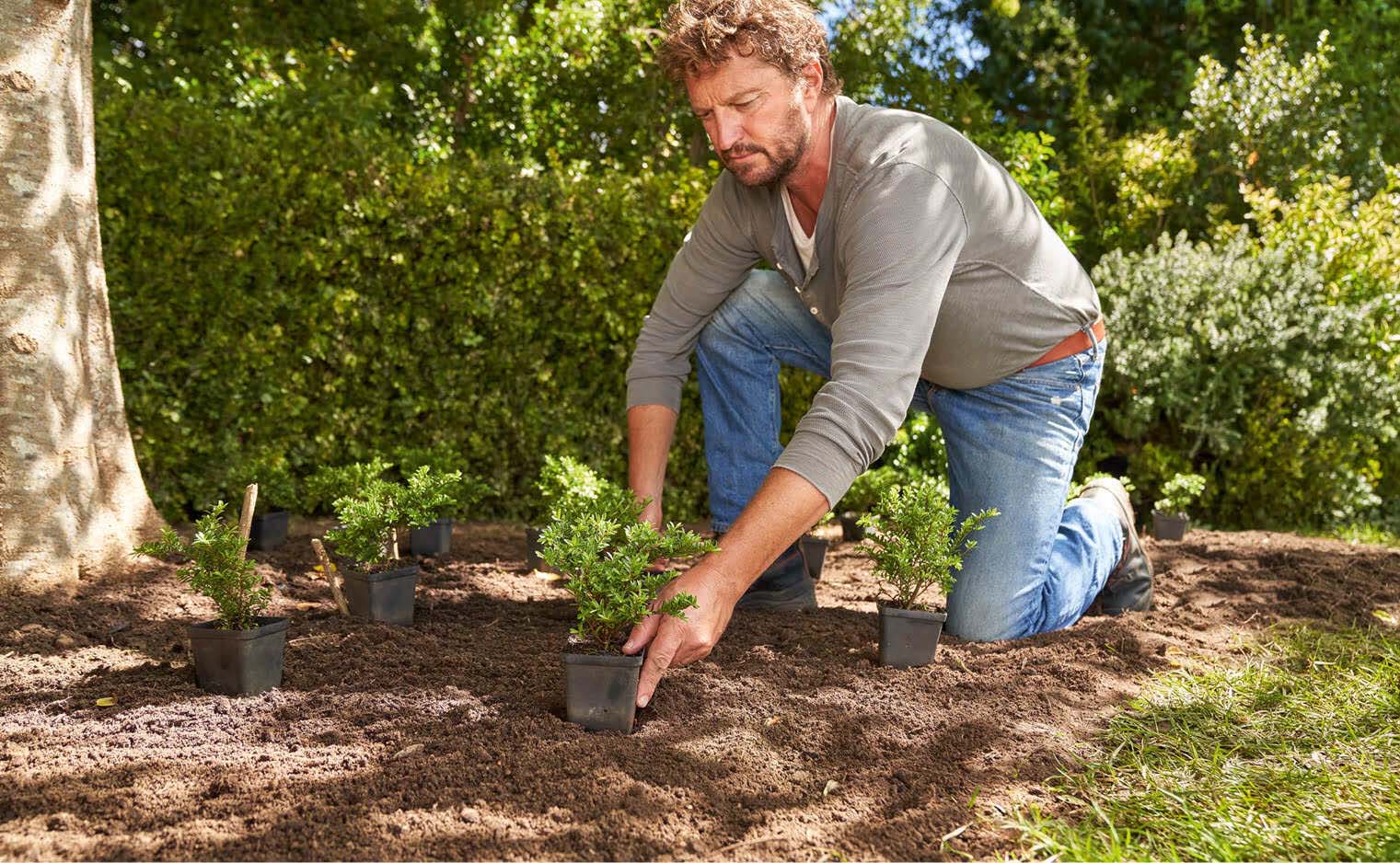

0 thoughts on “When To Plant Bahia Grass”